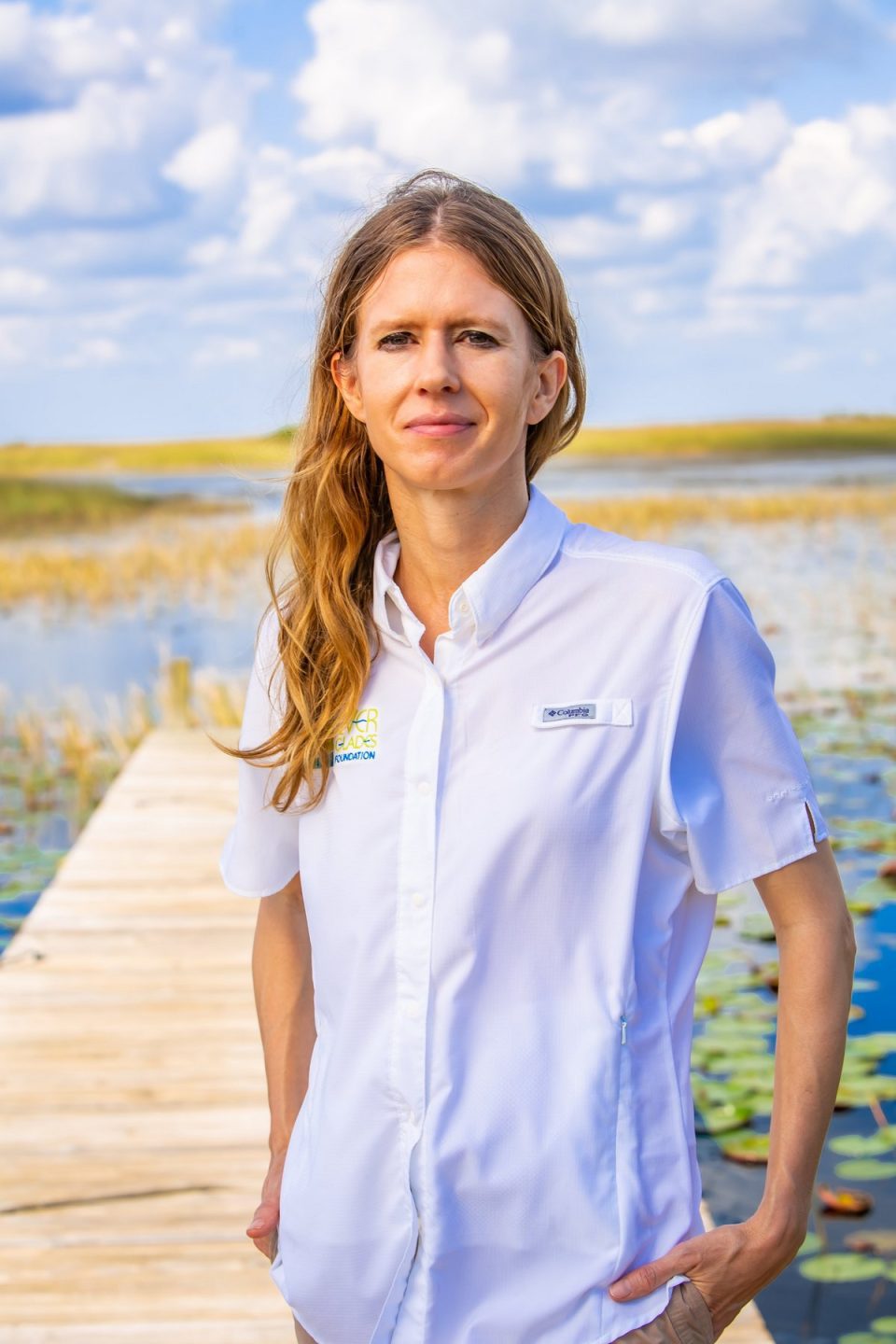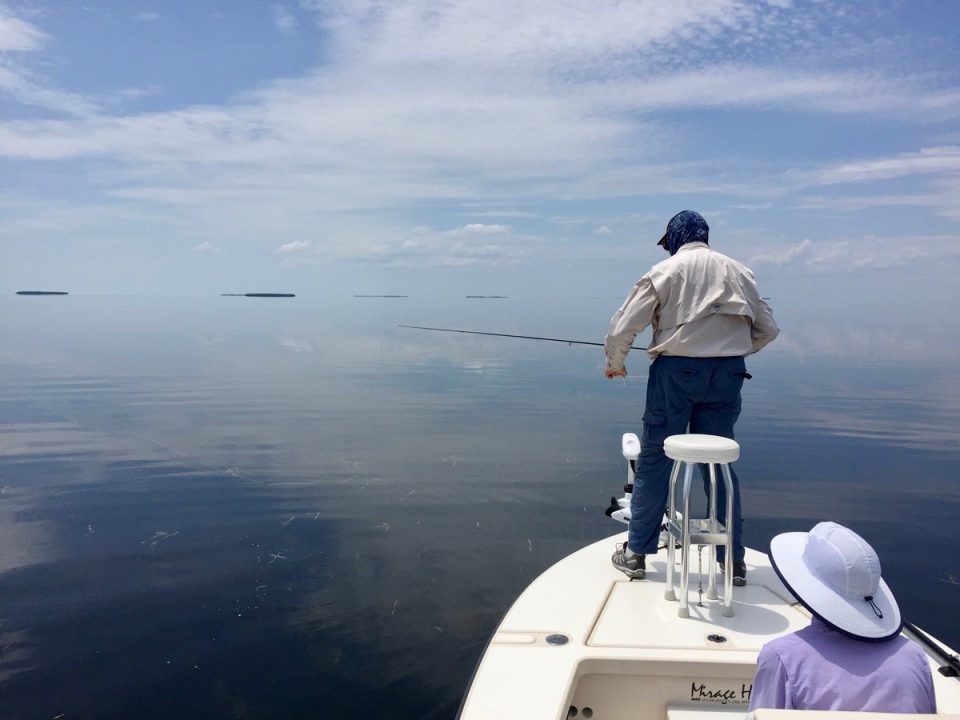|
Getting your Trinity Audio player ready...
|
In a state renowned for idyllic vacations, Florida Bay — spanning more than 1,000 square miles between the tip of the Florida peninsula and the Florida Keys — is the cream of the crop. With islands stretching between turquoise water brimming with manatees, dolphins, and coral reefs, tourists flock here in droves, and they are vital to South Florida’s economy.
But there’s trouble in paradise. Florida Bay, like most of the Everglades, has suffered from decades of development, drainage, and pollution, among other challenges.
Known as the “Fishing Capital of the World,” important species like pink shrimp, spiny lobster, tarpon, and spotted seatrout use Florida Bay as breeding grounds or a critical source for food. The bay also provides activities like kayaking, canoeing, and birdwatching, while also sequestering carbon and supporting residential property values.
“Fisheries are an incredible part of the culture and economy in the Florida Keys,” said Dr. Jennifer Rehage, associate professor at Florida International University. “Recreational and commercial fisheries in Florida Bay contribute $458 million annually to the local economy.”
Dr. Rehage noted that 20 percent of the tourism dollars in the Keys are driven by fisheries alone, since 50 to 60 percent of the 5.5 million tourists who visit the Keys each year go fishing. However, the fisheries are dependent on freshwater, which is in short supply in the bay.
Florida Bay is an estuary — a coastal area where a river or stream enters the ocean — mixing both saltwater and freshwater. The Everglades historically fed Florida Bay with freshwater flows that kept the ecosystem healthy and provided ideal conditions for iconic species like roseate spoonbills, white pelicans, and American crocodiles.
“Freshwater flows have been reduced greatly over time and are one of the justifications of Everglades restoration,” explained Dr. Stephen Davis, chief science officer at The Everglades Foundation. “We need to restore the southerly flow of freshwater through Everglades National Park and into Florida Bay.”
The lack of freshwater can spark a cascade of effects, including high salinity levels, which are linked to seagrass die-offs that cause degraded water quality, algal blooms, and turbid conditions that harm fish, manatees, and other aquatic species.
But hope is in sight with Everglades restoration. The blueprint is the Comprehensive Everglades Restoration Plan (CERP) which was signed into law in 2000. CERP is comprised of 68 projects implemented by the U.S. Army Corps of Engineers and the South Florida Water Management District to restore the ecosystem while still providing water for municipal and agricultural needs.
“We’ve seen significant progress in Everglades restoration over the last five years,” Dr. Davis said. “Lake Okeechobee is the historic source of the water, and a CERP project to build a reservoir south of the lake is going to be a game changer for delivering massive amounts of water to the south.”
The reservoir in the Everglades Agricultural Area south of Lake Okeechobee will hold over 78 billion gallons of water. Construction is slated to begin this year, while creation of an accompanying Stormwater Treatment Area to clean the water before sending it south began in 2021.
The plan for managing the lake’s water, the Lake Okeechobee System Operating Manual (LOSOM), was recently updated.
“This plan aims to strike a balance between how water is managed north, south, east, and west,” explained Dr. Davis, who noted that willingness to hold water in the lake a little longer will allow more water to go south during the dry season, ultimately benefitting Florida Bay and its fisheries.
“The bay still faces threats, but the progress in the past five years is encouraging,” Dr. Davis said. “Everglades restoration is the key to increasing the southerly flow of freshwater, which will stabilize critical habitats like Florida Bay and ensure its viability for generations to come.”
With its mission to restore and protect America’s Everglades through science, advocacy, and education, The Everglades Foundation is dedicated to advancing Everglades restoration and protecting South Florida’s water supply. Learn more at EvergladesFoundation.org.







